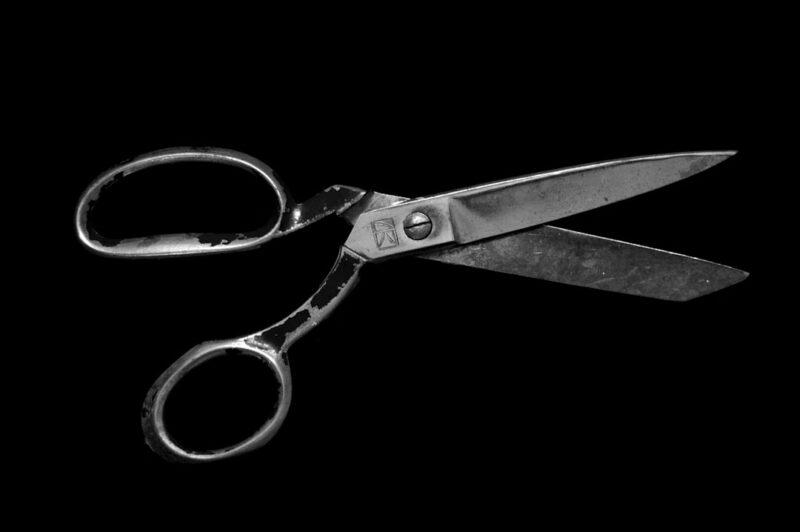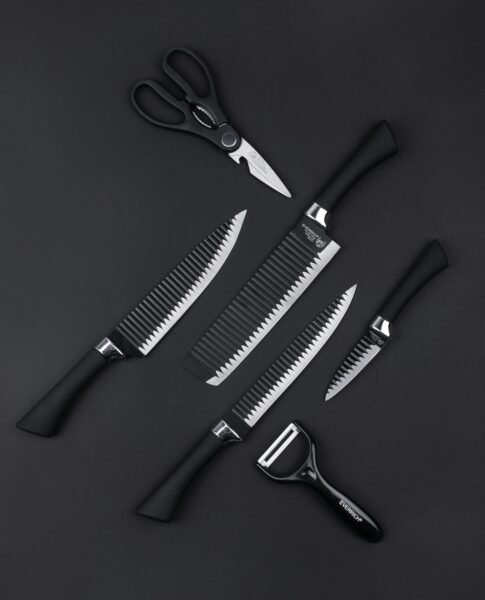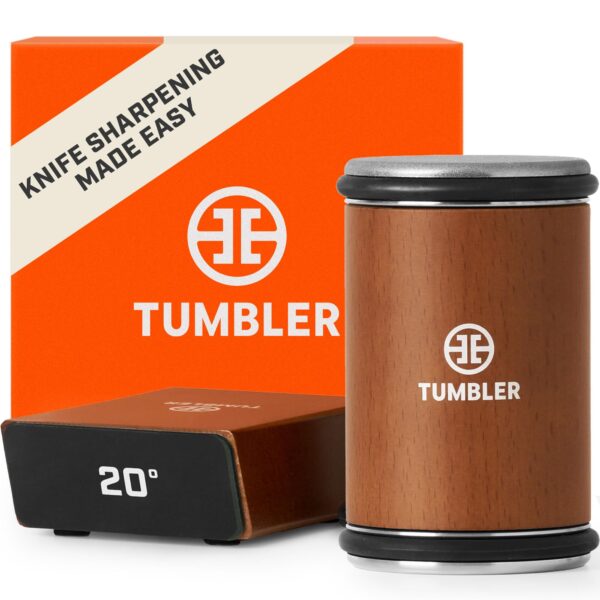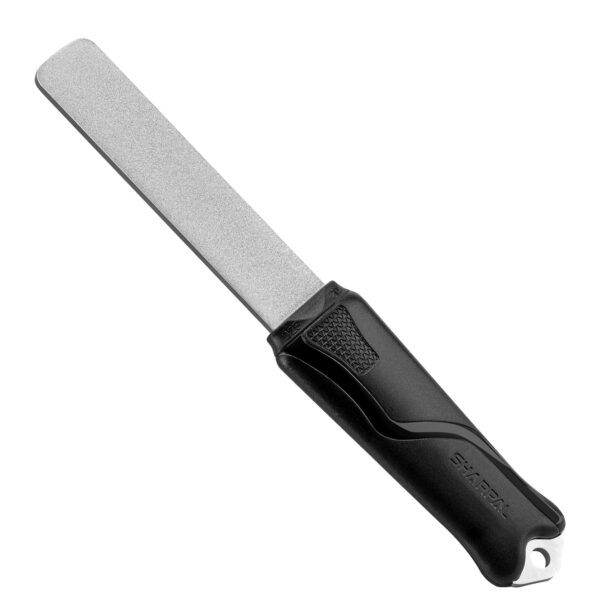
Have you ever picked up your trusty pair of scissors only to find they just don't cut it anymore—literally? We've all been there. The good news is, sharpening your scissors at home is totally doable, and yes, a knife sharpener can help. But before you grab that sharpener, let's dive into the details.
Dull scissors don’t just slow you down—they can also damage fabrics, create uneven cuts, and frustrate anyone who relies on precision, from hairstylists to chefs. Sharpening your scissors regularly ensures they work well and saves you the cost of buying new pairs. For a detailed guide, check out how to sharpen scissors at home.

The answer is yes—but not all knife sharpeners are created equal for the task. Pull-through knife sharpeners, specifically models like RazorSharp, are highly recommended. They often come with angle customization settings which are crucial for scissors, as their cutting edge features a steeper bevel compared to knives. Unlike knives, you’ll need to sharpen each blade independently for the best results. Once you’re done, a quick test on fabric will reveal whether your sharpening was effective. If you're new to sharpening tools, familiarize yourself with the basics using this beginner's guide to honing and sharpening.
There are several ways to keep scissors sharp, and each method has its pros and cons. Let’s take a quick look at your options:

| Method | Effectiveness | Required Skills/Tools |
|---|---|---|
| Professional Sharpening | Highly reliable | Moderate cost, depends on the expert |
| Knife Sharpener (e.g., RazorSharp) | Convenient and effective | Minimal skill needed |
| Sharpening Stones | Very effective | Requires skill to maintain angles |
Other DIY methods, like cutting through sandpaper or aluminum foil, are generally a bad idea. These techniques are not only ineffective but can cause more harm than good to your scissors.
If you’re sharpening scissors for the first time, keep these pro tips in mind:
For a smooth finish, use de-burring techniques like running the blades lightly over a soft wooden block, followed by wiping with a paper towel.
Sharp scissors aren’t just a convenience—they’re essential for certain professions:
Keeping your scissors sharp doesn’t have to be a chore, and with a bit of practice, even a pull-through knife sharpener can be a reliable tool to get the job done. So, what’s your go-to method for keeping your scissors in top shape? Share your tips or questions in the comments below!

Achieve razor-sharp edges with ease using the Tumbler Knife Sharpener. Designed for precision and simplicity, this sharpener features a 20° angle guide and durable construction to keep your kitchen blades in top condition. Its compact design makes it a perfect fit for any kitchen setup, providing professional results effortlessly. Elevate your culinary experience with this essential kitchen tool, ideal for both home cooks and chefs.

Effortlessly refine your tools with our Diamond Sharpening File. Featuring a premium diamond-coated blade, this file ensures precision and durability for sharpening knives, axes, and garden tools. The ergonomic handle offers a comfortable grip, reducing hand fatigue during extended use. Its compact design includes a lanyard hole for easy storage or on-the-go sharpening. Ideal for professionals and DIY enthusiasts alike, achieve razor-sharp results every time.
Yes, you can! Take your scissors apart carefully. Using the inner side of each blade, place it against the knife sharpener and drag it across about 10 times. Repeat with the second blade and reassemble the scissors for optimal sharpness.
To sharpen scissors, first take them apart to separate the blades. Place the inner side of each blade on your knife sharpener. Drag the blade across the sharpener 10 times, and then repeat with the other blade. Assemble the scissors again, and they’ll be sharpened and ready to use.
Not all knife sharpeners are suitable for scissors. A versatile knife sharpener that supports multiple blade types is typically recommended. Check the sharpener's specifications to ensure it can handle scissors for the best results.
Yes, it’s recommended to take the scissors apart before sharpening. This allows each blade to be sharpened individually, providing a more consistent and precise edge for both blades.
Besides using a knife sharpener, you can sharpen scissors with a sharpening stone, aluminum foil, or sandpaper. These methods may require more manual effort but are effective for maintaining sharpness.
If you've found our scissors sharpening tips helpful, why not keep the inspiration flowing by connecting with us on social media? We're always sharing handy tips and creative ideas on our Pinterest, which might just be the perfect place for more DIY hacks. Our Instagram feed is packed with beautiful imagery and inspiration that will keep those creative juices flowing! Plus, if you have any questions or just want to chat, we're super friendly over on X (formerly known as Twitter). And for more stories and tips, don't forget to check out our Facebook page. We'd love to hear about your own experiences with scissor sharpening or any other crafty adventures you've embarked upon. Come join our community and let's keep creating together!

Immerse yourself in architecture’s most boundary-pushing ideas—where innovative home improvements meet visionary urban developments. Discover new building techniques, materials, and creative concepts that are redefining how we shape our spaces on a global scale.